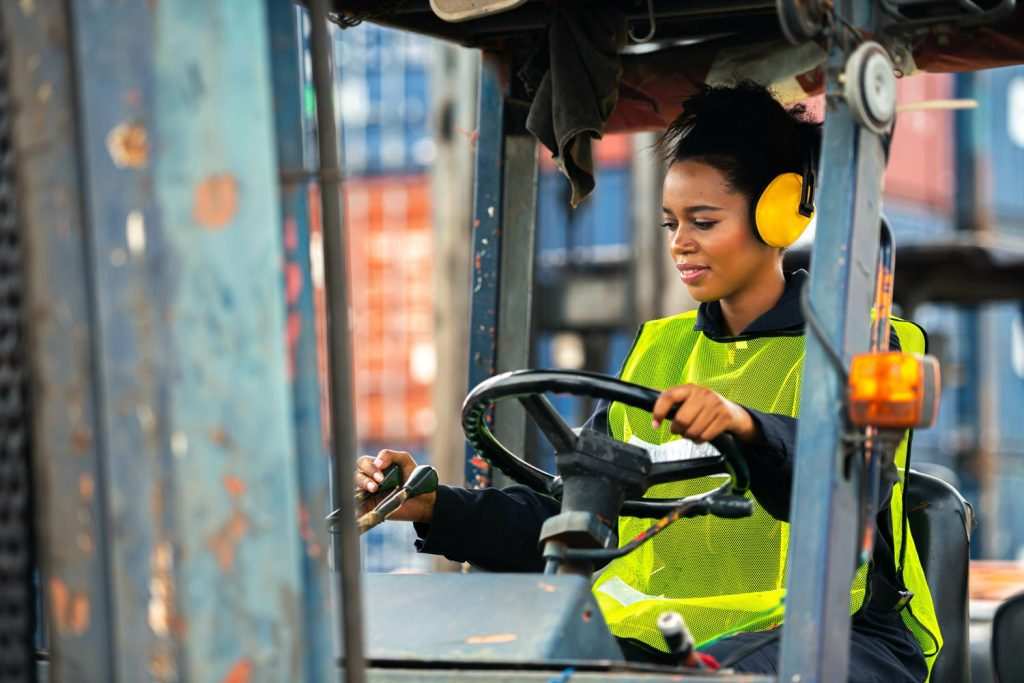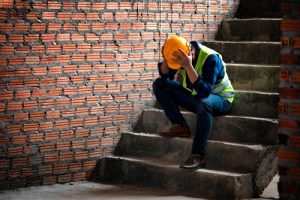It’s no secret that forklifts are dangerous machines. Every year, there are thousands of accidents involving forklifts – many of them fatal. In order to minimize the risks associated with using a forklift, it is important to follow safety procedures at all times.
In this blog post, we will discuss some of the most common forklift safety hazards and how to avoid them. We will also provide tips for the safe operation of a forklift in both industrial and retail settings.
What are the risks of not following forklift safety procedures?
The risks of not following forklift safety procedures are very serious. Forklifts can cause serious injuries or fatalities if not operated safely. Some of the most common hazards associated with forklift operation include:
Falling objects – When lifting heavy loads, it is important to ensure that they are secure and do not pose a risk of falling.
Collisions with other vehicles – Forklifts can be very large and difficult to manoeuvre. It is important to take care when driving near other vehicles and to always use caution when turning.
Overturning – Forklifts can easily tip over if they are not operated correctly. Always use the correct lifting procedures, and never overload the vehicle.
Fire and explosion – Forklifts often contain flammable materials, such as gasoline or diesel fuel. It is important to keep the area around the forklift clear of flammable materials and to never smoke near the vehicle.
By following these simple safety procedures, you can help reduce the risk of injuries or fatalities while using a forklift.
How can you stay safe while operating a forklift?
Some tips for staying safe while operating a forklift include:
- Always wear proper safety gear, including a hard hat, safety glasses, and boots.
- Make sure the area around the forklift is clear of obstacles and other vehicles.
- Never overload the forklift.
- Use caution when turning, and make sure there is plenty of space to do so.
- Keep flammable materials away from the forklift.
How to properly inspect a forklift before use
Before using a forklift, it is important to inspect it for any potential hazards. The following steps should be taken to safely inspect a forklift:
- Check the tires for proper inflation and wear.
- Make sure the forklift is in good working order – check the brakes, steering, and other components.
- Inspect the load carriage and forks for damage or wear.
- Make sure the lift chains or straps are in good condition and properly tensioned.
- Check the fluid levels and battery state of charge.
- If any issues are found, do not operate the forklift until they have been corrected.
Tips for loading and unloading cargo safely with a forklift
When loading or unloading cargo with a forklift, there are several things to keep in mind in order to stay safe:
- Make sure the load is balanced and secure before lifting.
- Use caution when lifting heavy or awkward loads.
- Do not overload the forklift.
- Keep your fingers and hands
Conclusion
Forklifts are dangerous machines and should be operated with caution at all times. By following the simple safety procedures outlined in this blog post, you can help reduce the risk of injuries or fatalities while using a forklift. In addition, make sure to inspect the forklift before use and never overload it. When loading or unloading cargo with a forklift, always use caution and remember to balance the load. Get in touch with us today if you are in need of forklift training.












